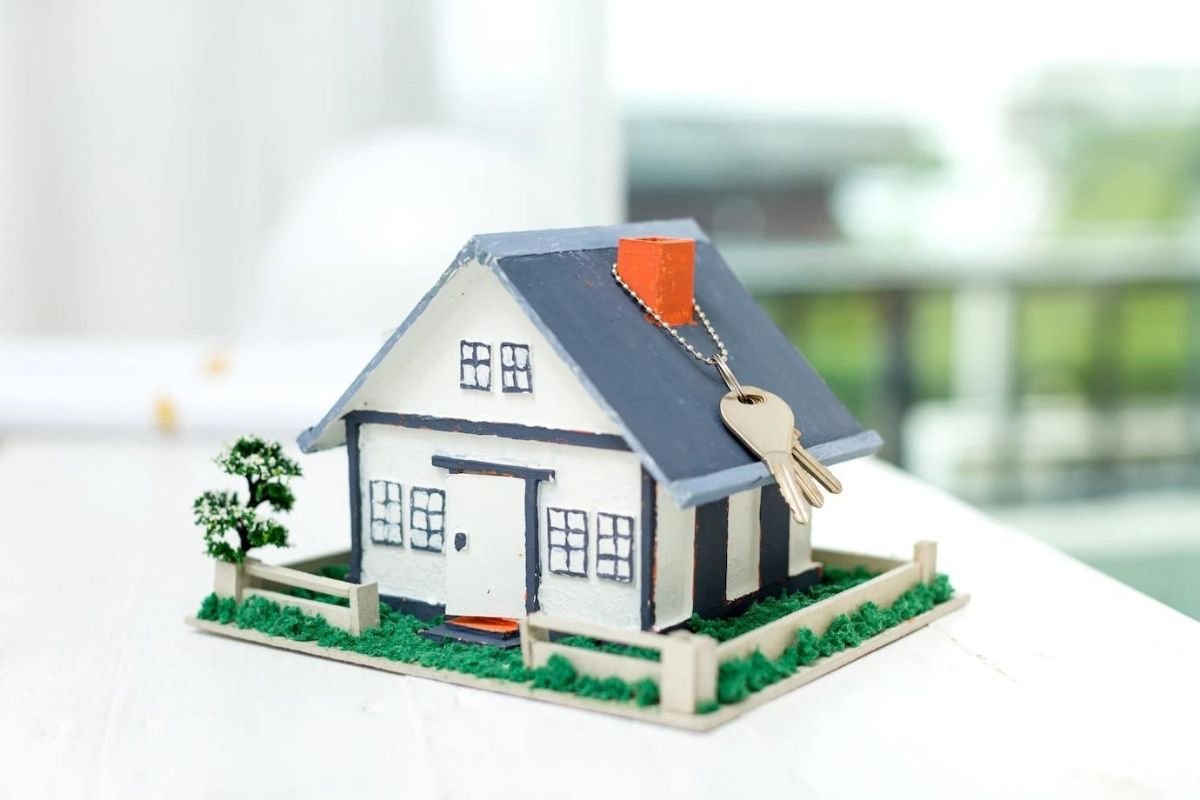Are you considering a fix and flip loan to purchase an investment property? If so, there are some important things you should know before diving in.
Loans for fix and flip can be great tools that help you make money off of real estate investments, but they also come with their own unique set of risks. In this article we’ll discuss the top five mistakes to avoid when using a fix and flip loan.
First, let’s talk about what exactly a real estate fix and flip loan is. These types of loans are designed for investors who want to buy, renovate, and resell properties quickly for profit. They usually have shorter terms than traditional mortgages (usually 12 months or less) which makes them attractive because it allows the investor to move on from the project faster.
However, these short-term loans often come with higher interest rates too – something potential borrowers need to keep in mind.
Finally, if you’re planning on taking out a fix and flip loan then it pays to be informed about all your options available before making any decisions. Knowing what pitfalls to watch out for will help ensure that your experience goes as smoothly as possible and maximize your profits. So without further ado, here are the top 5 mistakes to avoid when using a fix and flip loan!
1. Not Researching The Right Loan Product
When it comes to fix and flip loans, making the wrong move can be catastrophic! That’s why researching the right loan product is absolutely essential. But how do you know which one is correct? Well, here are some of the top five mistakes to avoid when using a fix and flip loan.
First up on this list of dos and don’ts: not researching the right loan product for your specific situation. This means taking into account factors like your credit score, experience in real estate investing, available capital, etc.… It also involves doing research on different lenders and comparing them against each other – rates, terms, repayment schedules – all these things that will ultimately decide if you get approved or have to look elsewhere. Taking shortcuts here could cost you dearly later down the line.
It’s also important to remember that just because one lender may offer attractive terms doesn’t mean they’re necessarily suited for your needs. If there isn’t enough wiggle room when it comes to interest rate negotiation or term length then you may end up with a sub-par deal that doesn’t really benefit either party in any meaningful way.
So, take your time and make sure you find something that works for both sides before signing off on anything!
The key takeaway from this advice? Don’t skimp on due diligence – it pays dividends in the long run! Doing proper research upfront can save a lot of headaches down the road so make sure you dedicate adequate time and resources towards finding the best possible solution for yourself.
2. Not Understanding Closing Costs
When it comes to getting the most out of a fix and flip loan, understanding closing costs is essential. Closing costs are fees associated with completing a real estate transaction that must be paid by either the buyer or seller (or both).
They can include things like title insurance, appraisal fees, attorney’s fees, and more. It’s important for borrowers to know what these fees will amount to so they don’t find themselves in an uncomfortable financial situation later on when their loan matures.
It might seem easier just to ignore closing costs until it’s time to pay them but this could end up being costly. Some lenders may not disclose all the applicable closing costs upfront which makes it even harder for borrowers to budget appropriately.
As such, doing your homework ahead of time and negotiating down some of those costs can save you money! The key here is to make sure that you understand exactly what each cost covers before signing any paperwork – otherwise you could find yourself paying higher than expected amounts at the end of your loan period.
To avoid running into problems related to closing costs, do your research beforehand and ask questions if there’s something you don’t understand. Make sure that every detail is clear so that when it comes time to repay your loan, you won’t be surprised by any unexpected expenses!
3. Not Estimating Rehab Costs Accurately
Making an error when estimating rehab costs on a fix and flip loan can be like playing Russian roulette with your finances. You might get lucky, but it’s more likely you’ll blow up all the hard work you’ve put in so far.
Being able to accurately calculate how much money will be needed for repairs is essential if you want to make the most of your investment.
When it comes to estimating rehab costs, many people find themselves stuck between two extremes: either they overestimate their expenses or underestimate them completely. Overestimating can dry out your budget before the job is even done, while underestimating could lead to costly delays and possible financial losses down the line.
Doing proper research beforehand is key; look into past projects similar to yours, talk to contractors about estimated timescales and assess any potential risks that may arise during the project.
Taking time to consider every aspect of a projected renovation will help save resources and prevent future problems from coming up unexpectedly. Make sure you have a plan B in case something goes wrong – there are always unexpected surprises along the way – and don’t forget that there are often hidden costs involved too!
Having a contingency fund set aside will give you some wiggle room should anything pop up, allowing you to focus on seeing through your project without worrying about running out of cash.
4. Not Planning For Repairs And Maintenance
When it comes to investing in real estate with a fix and flip loan, you might think that the most important thing is getting the financing. But there’s more to it than just securing the funding – planning for repairs and maintenance can be one of the most crucial steps! It may seem like an unnecessary hassle or expense but not properly accounting for these costs could leave you in a difficult situation down the line.
Now, I’m sure what you’re thinking – how am I supposed to plan for something I don’t even know will happen? The answer lies in taking proactive measures such as scheduling regular inspections and performing preventative maintenance tasks before they become major issues.
This way, if any problems do arise during your project, they won’t come as a surprise. Plus, by keeping up on these tasks now, you’ll save yourself from extra expenses later on when those same minor flaws have become major repair needs.
So, while it’s easy to focus all your efforts into finding the right loan product and closing out on time – don’t forget to keep an eye on potential repairs and maintenance items. Taking care of them early can help ensure success throughout your entire investment journey!
5. Not Knowing Your Exit Strategy
It’s easy to get caught up in the excitement of a fix and flip loan, but it’s also important not to overlook your exit strategy. Without having an idea of how you’ll pay back the loan or where you intend to find buyers for your property, success won’t be as likely. It’s essential that you have a clear plan before taking out this type of loan.
One mistake many people make when using a fix and flip loan is underestimating their costs and time frame. You must factor in the cost of repairs and maintenance into your budget since this can quickly add up if left unaccounted for.
Additionally, don’t forget about potential delays due to inspections or permits – these could mean more money spent on interest payments until the project is complete.
Finally, without knowing exactly what will happen with your investment after its done, you’re setting yourself up for disappointment. Have an exact timeline with milestones mapped out so that you know when to expect returns on your investment (ROI).
This way, you can accurately measure whether or not the project was successful – otherwise, there may never be any closure!
Conclusion
It’s important to understand what mistakes to avoid when using a fix and flip loan. If you’re not careful, these mistakes can cost you time, money, and peace of mind.
By researching the right loan product, understanding closing costs, accurately estimating rehab costs, planning for repairs and maintenance, and knowing your exit strategy in advance, you can navigate this process with confidence.
The key is to remember that every investment comes with some degree of risk. It’s essential that you do all due diligence before making any decisions about financing or renovations.
Doing so will ensure your success as an investor; however, it’s also just as important to have a support system behind you who are knowledgeable about the industry and its trends.
Lastly, always ask yourself: Am I taking on too much risk? This question should be asked at each step throughout the entire process – from getting pre-approved for a loan to finding reputable contractors for the project. With proper research and preparation, you can make informed decisions while protecting yourself against potential pitfalls along the way.











